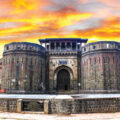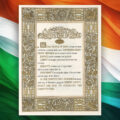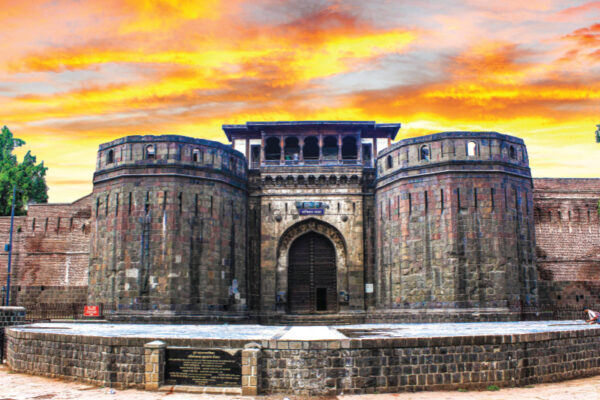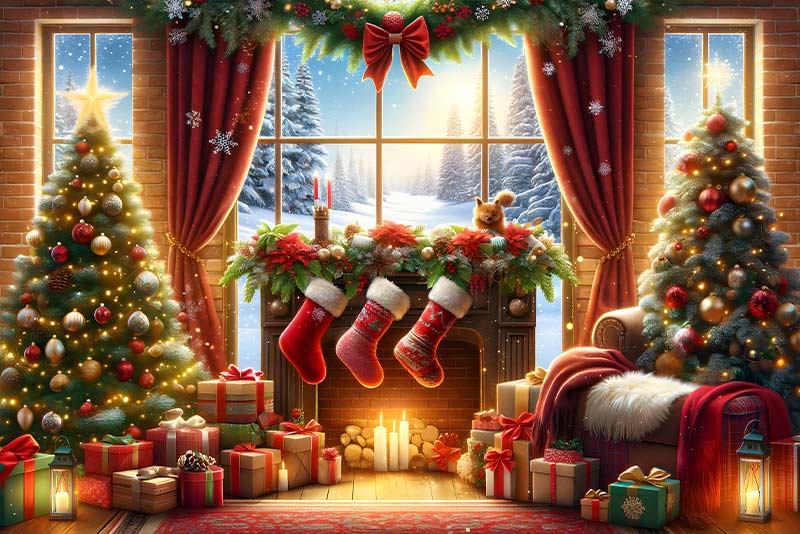
There is no exact date for the first Christmas tree being put up. Most historical references suggest that the tradition of decorating one’s home with an evergreen plant was practised even before it became a popular Christmas tradition. Many ancient communities, such as the Egyptians, Chinese and Hebrews, believed that evergreen trees symbolised eternal life. However, the most popular theory about Christmas trees relates to the 16th century in Germany, when reformer Martin Luther saw a breathtaking scene of twinkling stars among evergreen trees. Awed by their spectacular beauty, he decided to recreate the scene in his living room by putting up a tree and placing lit candles on each of its branches.
Yet, most Americans did not put up decorated trees as they believed it was an unholy practice. In fact, records state that in 1659, the General Court of Massachusetts passed a law, which stated that observing December 25 as anything other than a holy day would be an offence and those who hung decorations would be fined. All this changed in 1846 when the London News carried an illustrated sketch of Queen Victoria, Prince Albert and their children standing around a Christmas tree. Because Queen Victoria was so popular among her subjects, people soon began adopting the practice of putting up and decorating Christmas trees.
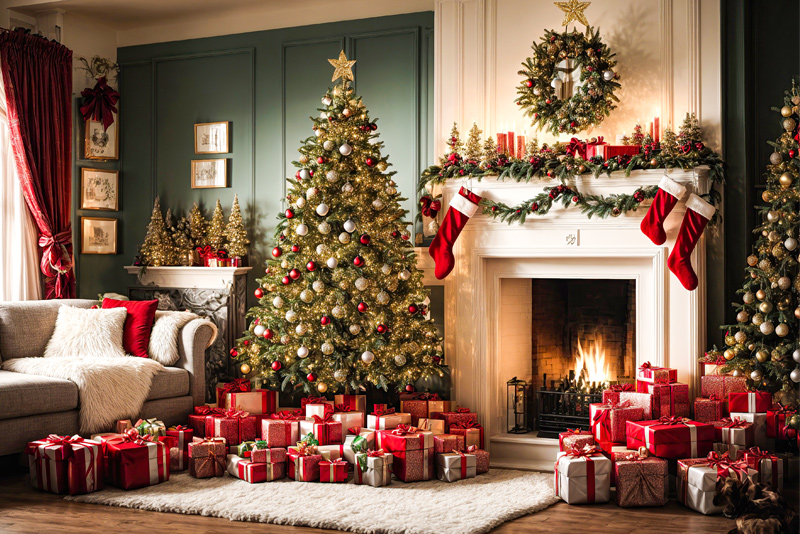
Popular Christmas Tree Decorations and Their Significance
- Santa Claus and Mrs Claus
Santa Claus, also known as Father Christmas, is a legendary figure who has become an integral part of Christmas traditions. It is believed that on December 24, he fills the stockings of good children with gifts. Santa Claus is believed to have been inspired by Saint Nicholas, a 4th-century Christian bishop known for his generosity and kindness. Santa is believed to travel on a sleigh drawn by his reindeer, including the famous Rudolph. His wife, Mrs Claus is depicted as a warm and nurturing woman who supports Santa in his gift-giving mission.
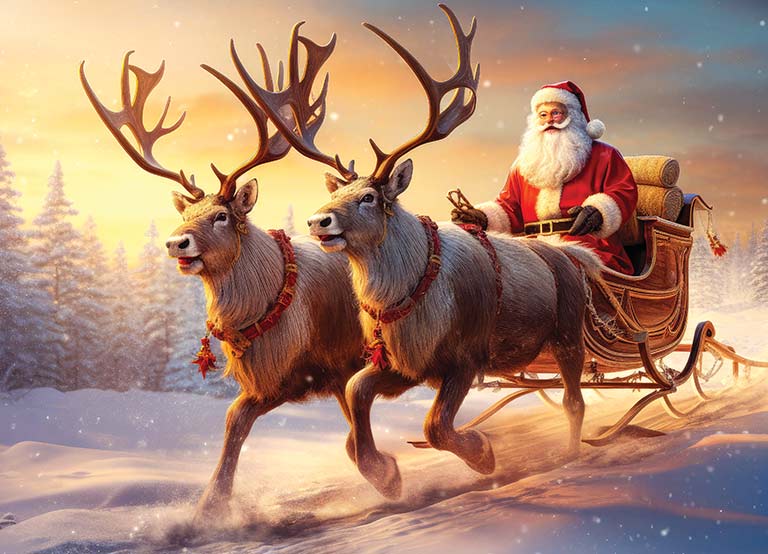
- Star
The star placed on top of Christmas trees represents the Star of Bethlehem that guided the Three Wise Men to the birthplace of Jesus Christ. It symbolises the light of Christ and also signifies hope and guidance in a more general sense.
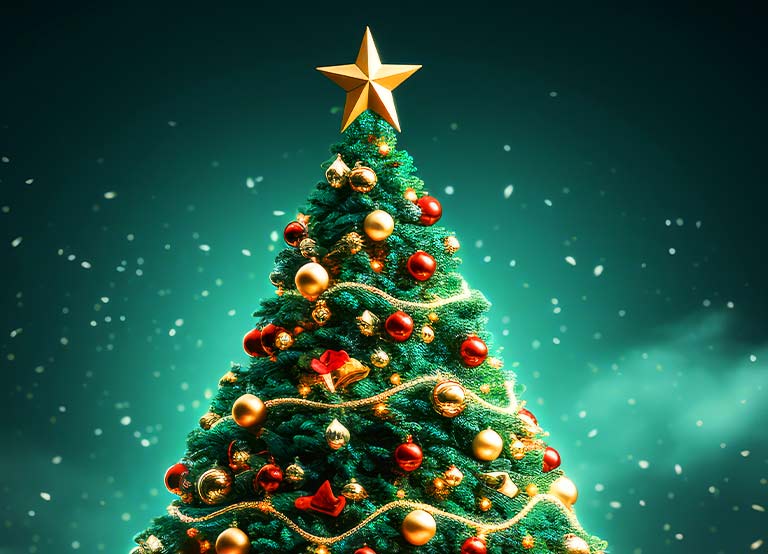
- Tinsel
Several references state that tinsel was first used in 1610 in Nuremberg, Germany. At that time, tinsel was made from silver that was hammered into thin sheets and then cut into thin strips. This tinsel was only used to decorate sculptures and hung over the nativity crib to replicate a starry night sky. When people noticed that the tinsel started to go black with the soot from candles, they started to create tinsel from tin and lead and now plastic tinsel is used on Christmas trees.
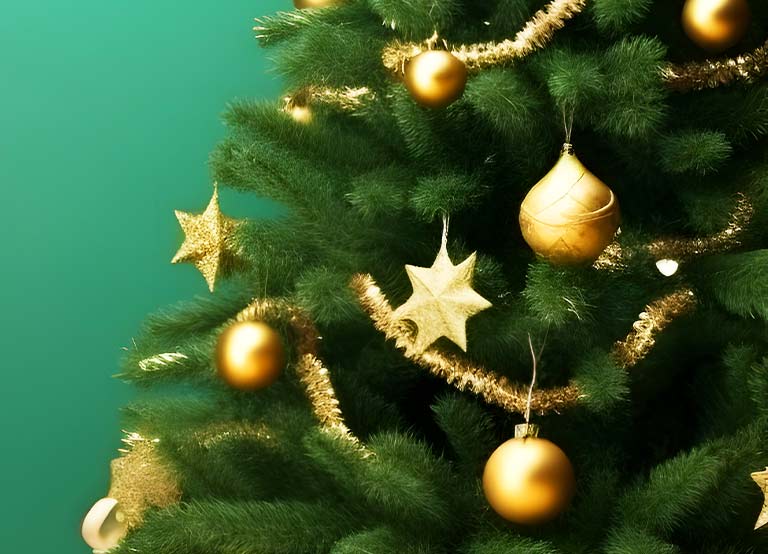
- Bells
Bells are associated with joy and celebration. Their ringing is often used to announce festivities and special occasions. Bells on a Christmas tree symbolise the joy and merriment of the holiday season. In some cultures, bells are believed to ward off evil spirits. Placing bells on a Christmas tree is seen as a way to protect the home and its occupants
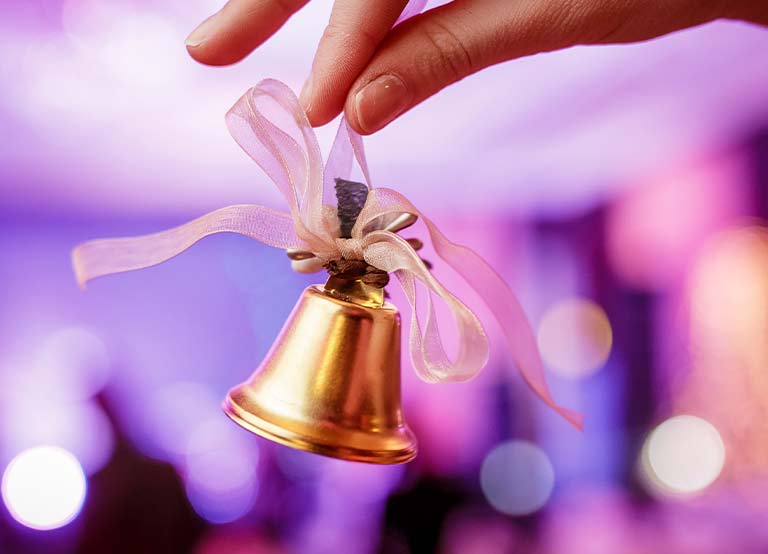
- Candy Canes
This popular Christmas treat has a history that dates back to 300 years ago. It is said that initially, the cane was just a straight, plain white sugar stick and that it achieved its popular ‘J’ shape sometime in 1670 at the Cologne Cathedral in Germany. Early historical references state that a choirmaster at the Cologne Cathedral began to bend the sticks to replicate a shepherd’s staff and he would hand them out to children as they waited during long nativity services. When the candy cane came to America, it was still just plain white; it was only later on that candy manufacturers began to add sugar roses to make the white canes more attractive. By the early 20th century, striped canes were flavoured with peppermint and wintergreen flavours and since then, this has been the flavour of candy canes.
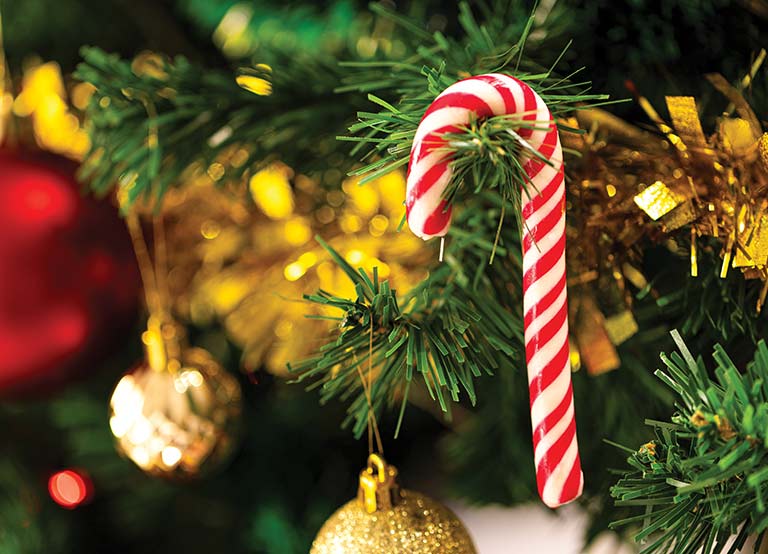
- Christmas Lights
Up until the early 20th century, people used candles to light up their Christmas trees. This changed with the introduction of electricity by Thomas Edison. However, it was only after US President Grover Cleveland presented the first electrically lit White House Christmas tree with more than 100 multicoloured electric bulbs that the public started to use electric bulbs for their homes. There is another popular story around electric Christmas lights. Legend states that after reading about the tragic fire in New York City in 1917, caused by candles on a Christmas tree, a young teenager by the name of Albert Sadacca convinced his family to replace the candles with coloured bulbs. Soon, the Sadacca family began to sell electric strings of lights. Though the idea did not catch on immediately, people soon realised that electric lights were much safer than candles.
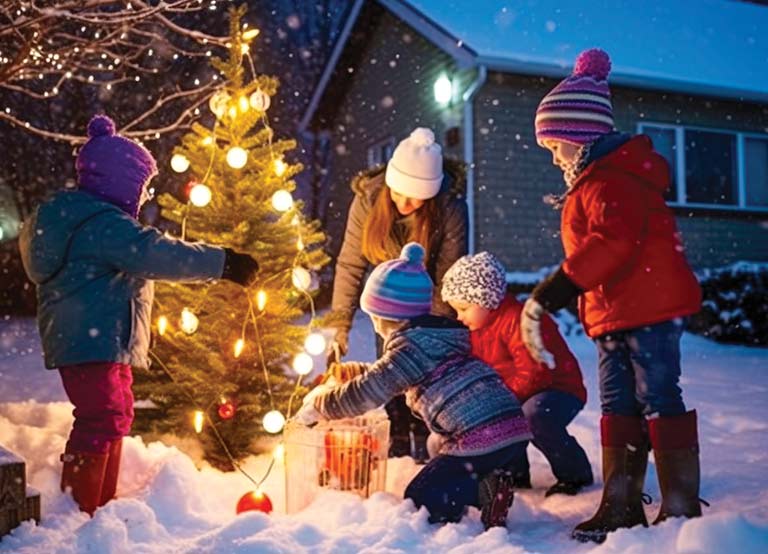
- Holly
The holly holds significance in many ancient cultures and beliefs. Records state that early Romans would use boughs of holly as decorations during the festival of Saturnalia in honour of Saturn. The druids also considered holly to be a sacred plant because when all other plants became dry in winter, the holly would remain green and strong and bear bright red berries. According to druid-related mythology, holly trees had magical powers and cutting them would bring bad luck. When Christianity came into these regions, the meaning and symbolism changed; the red berries became reminiscent of the blood of Jesus and the thorny leaves of the plant resembled the thorny crown that was placed on the head of Christ before he was crucified.
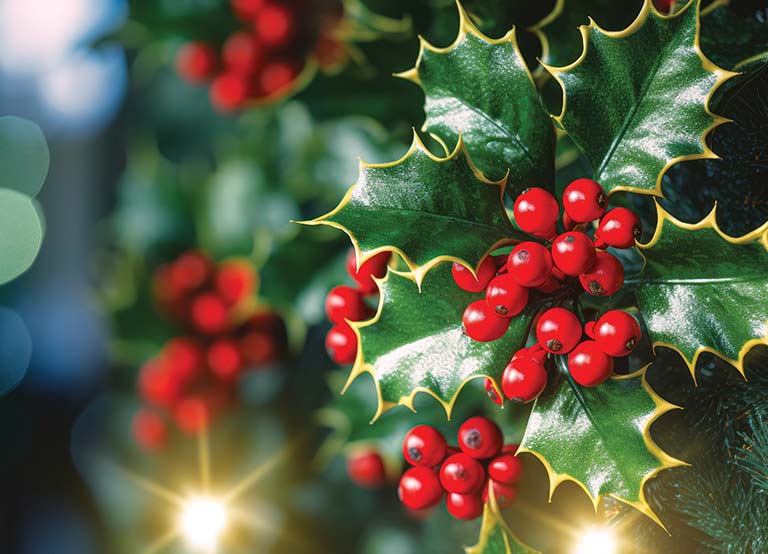
- Baubles
According to records, in the 1840s, Hans Greiner manufactured the first baubles in Germany in the Alpine town of Lauscha. He made fruit- and nut-shaped baubles out of glass and finished each ornament with a decorative silver embellishment by using either mercury or lead. In 1880, baubles became a hit with Americans after fellow countryman and retailer FW Woolworth imported them into the country. Back then, only the affluent could afford them, but once plastic versions came out in the market, practically every household owned a box full of baubles.
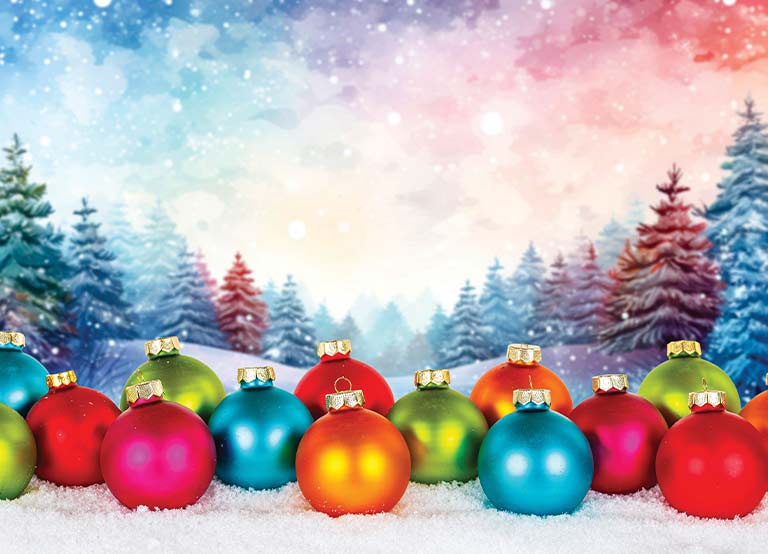
- Gingerbread Houses
According to a popular theory, gingerbread houses first became common in the 16th century in Germany after the Grimm brothers published their famous fairy tale, ‘Hansel and Gretel’. While the original tale was dark, what caught people’s attention was the house that the children had stumbled upon, which had cakes, chocolates, candy and all kinds of yummy treats one could imagine. Records state that it was Queen Elizabeth l who made gingerbread men popular, as she passed an order to her pastry chefs to create elaborate cookies that resembled foreign dignitaries who visited her courts.
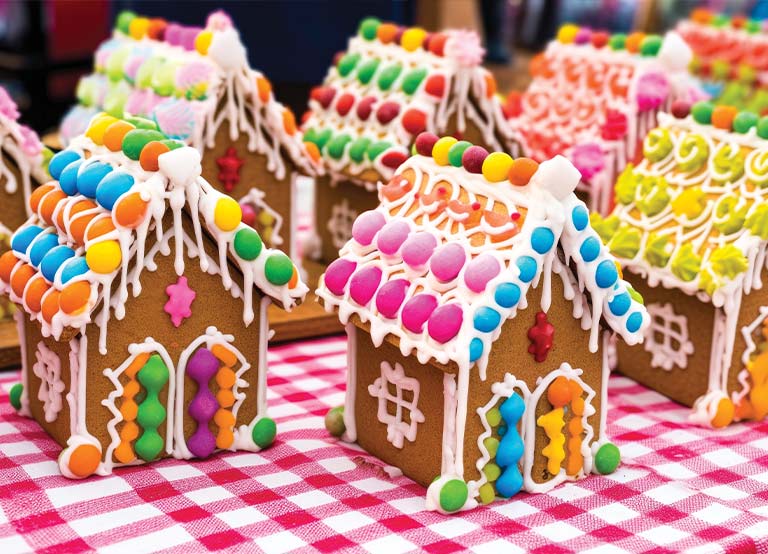
- Christmas Wreaths
The word ‘wreath’ comes from an old English word ‘writhen’, which means ‘to writhe’ or ‘to twist’. Records state that putting up wreaths was an age-old practice, which has been traced back to the ancient Romans, who would hang wreaths on their doors to display their status. Even those who won major sport events were given laurel wreaths. The circular shape of the wreath is now said to represent the eternal love of Christ, his endurance and new life.
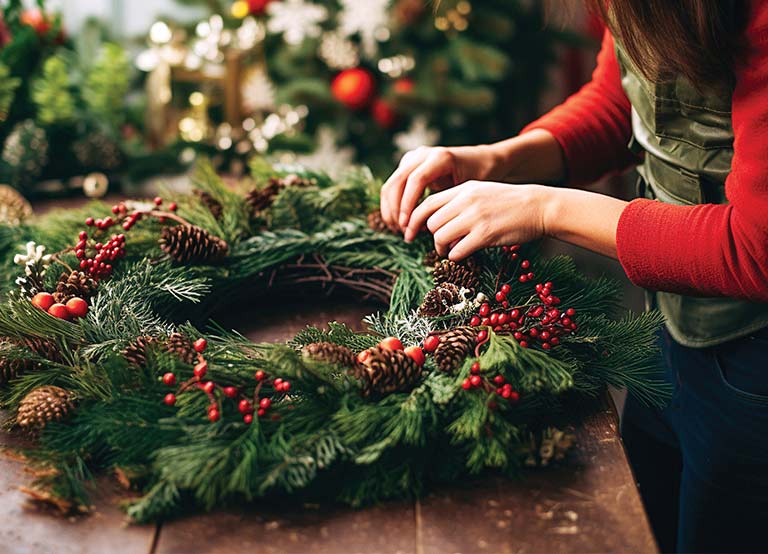
- Christmas Stockings
No one knows for sure where the tradition of hanging stockings came from, but the most popular legend is linked to St Nicholas or Santa Claus. According to this legend, when St Nicholas was passing through a town, he heard about a poor man who had lost his wife and was afraid he would not be able to get his three daughters married because he had no money. Feeling sorry for him, St Nicholas snuck into the man’s home by sliding through their chimney and dropped a few gold coins into the girls’ laundered stockings that lay hanging by the fireplace. In the early 1900s, Christmas stockings were not mass produced and people would create their own stockings. In the 1960s, red stockings became popular and children would hang them up on Christmas Eve, hoping Santa Claus would fill them up with goodies.
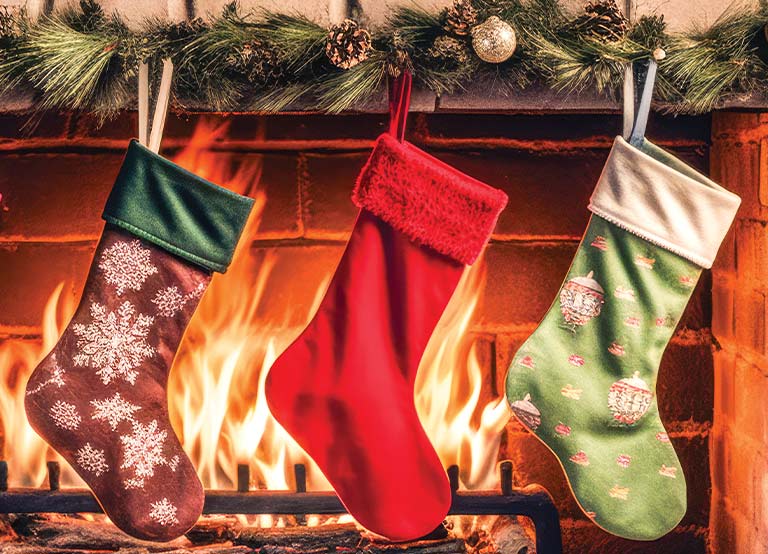
ACTIVITY: Tree of Blessings
List any 5 facts about Christmas trees.













